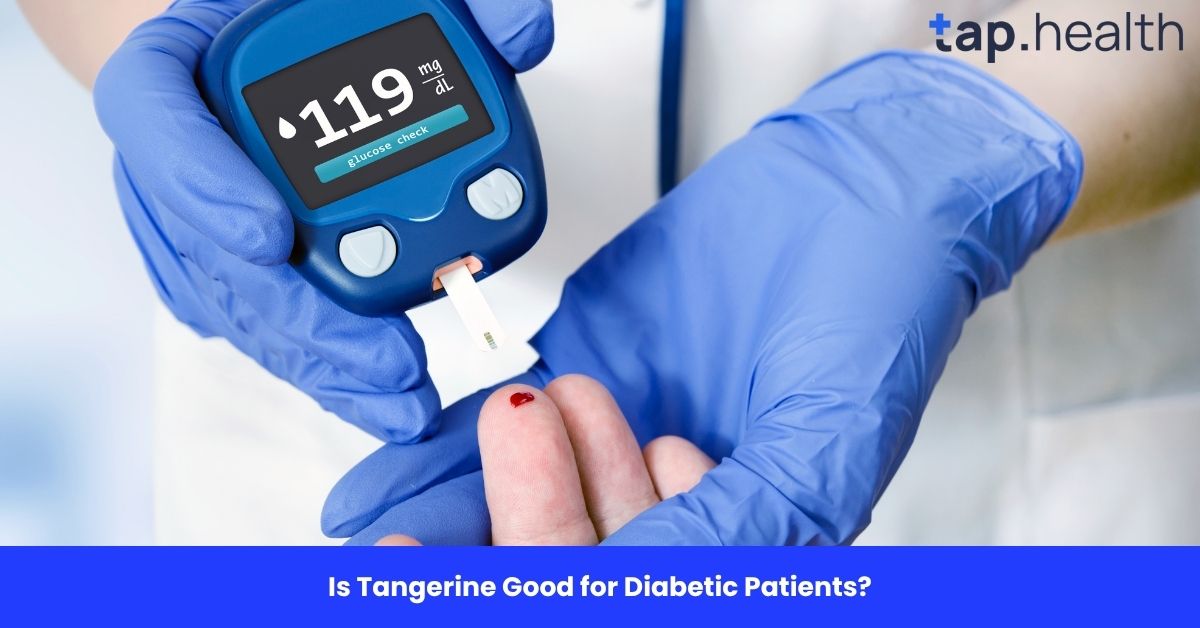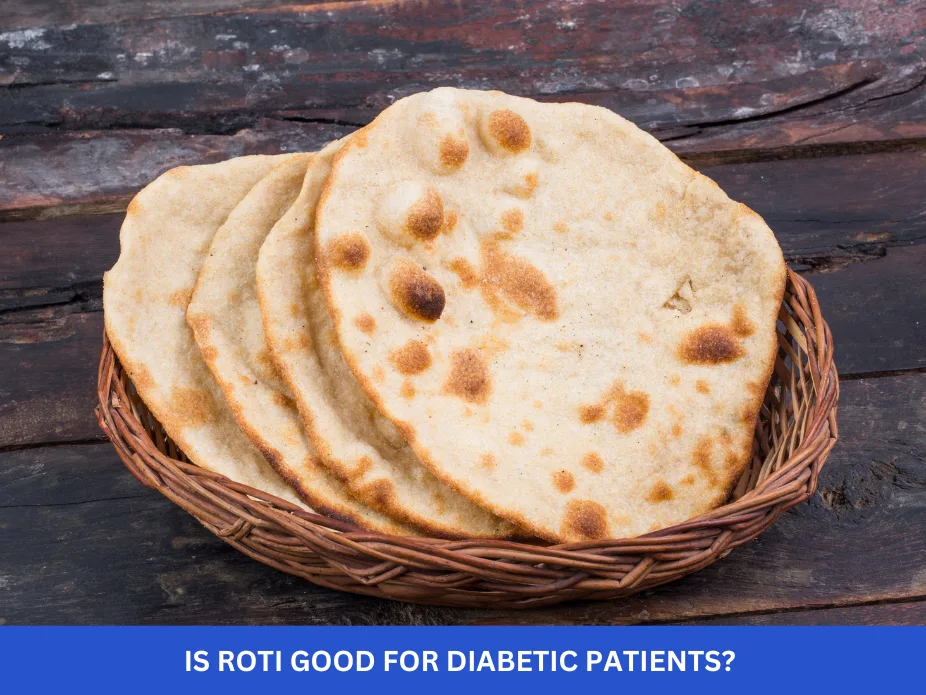Pizza is one of the most popular foods in the world. It’s convenient, customizable, and incredibly delicious. Whether you’re having it for lunch, dinner, or as a late-night snack, it’s hard to resist the combination of a crispy crust, savory tomato sauce, melted cheese, and the iconic topping of pepperoni. But, if you’re watching your diet or just curious, you might be wondering: How many calories are in a slice of pepperoni pizza?
In this article, we’ll dive deep into the calories and nutritional facts of pepperoni pizza. We’ll break down how many calories are typically in a slice, what factors influence its calorie count, and how you can enjoy pizza without overdoing it. Whether you’re eating a slice from a fast food chain or a homemade pie, this post will give you all the information you need to make smarter choices.
What Is Pepperoni Pizza?
Pepperoni pizza is a variation of the classic pizza, topped with pepperoni, a type of spicy, cured sausage made from beef and pork. The base usually consists of:
- Crust (thick, thin, or stuffed)
- Tomato sauce
- Mozzarella cheese
- Pepperoni slices
Pepperoni is loved for its bold, slightly spicy flavor that pairs perfectly with the richness of the cheese and the tanginess of the tomato sauce. Pepperoni pizza is often sold in a round or square shape and can be enjoyed by the slice or as a whole pie.
How Many Calories Are in a Slice of Pepperoni Pizza?
The number of calories in a slice of pepperoni pizza depends on several factors, including the size of the slice, the thickness of the crust, and the amount of cheese and pepperoni used. Let’s break down the typical calorie count based on different pizza sizes and servings.
1. Standard 14-Inch Pepperoni Pizza (Average Slice)
A standard 14-inch pizza is one of the most common sizes found at most pizzerias and chains. A typical slice of a 14-inch pepperoni pizza, cut into 8 slices, contains:
- Calories per slice: 290-350 calories
This range can vary depending on the thickness of the crust, the amount of cheese, and the specific type of pepperoni used. For example, a thick-crust pizza will have more calories due to the higher carbohydrate content, while a thin-crust pizza will generally have fewer calories.
2. Larger or Extra-Large Pepperoni Pizza
For a 16-inch or 18-inch pizza, each slice tends to be larger, which means it can have more calories. A single slice from an extra-large pepperoni pizza can contain anywhere from:
- Calories per slice: 350-400 calories
If the pizza is extra cheesy or has more pepperoni slices, the calorie count can rise even higher.
3. Thin Crust vs. Thick Crust
As mentioned earlier, the crust plays a significant role in the calorie count. Thin-crust pizzas are typically lower in calories compared to thick-crust or stuffed-crust pizzas because they contain fewer carbohydrates and less dough. A thin-crust pepperoni pizza can contain:
- Calories per slice (thin crust): 200-250 calories
On the other hand, a thick-crust pepperoni pizza can add an additional 50-100 calories per slice, depending on how thick the crust is and how much cheese or other toppings are added.
4. Pizza Chain vs. Homemade Pepperoni Pizza
The calorie content in a slice of pepperoni pizza can also vary based on whether you’re buying it from a chain restaurant or making it at home. Fast food chains like Domino’s, Pizza Hut, or Papa John’s tend to use a combination of high-fat ingredients, which can make their pizza higher in calories compared to homemade pizzas made with healthier ingredients. Here’s a breakdown:
- Domino’s Pepperoni Pizza (1 slice, regular crust): ~350 calories
- Pizza Hut Pepperoni Pizza (1 slice, pan crust): ~350 calories
- Papa John’s Pepperoni Pizza (1 slice, original crust): ~330 calories
- Homemade Pepperoni Pizza (1 slice, thin crust): ~250 calories
What Contributes to the Calories in Pepperoni Pizza?
Several ingredients in pepperoni pizza contribute to the overall calorie content. Let’s take a closer look at what makes up the calories in each slice.
1. The Crust
The crust is the base of the pizza and can contribute significantly to the calorie count. Thick crusts or stuffed crusts use more dough, which means they contain more calories, especially from carbohydrates. A thin-crust pizza will have fewer calories in the crust section.
- Thick crust: Higher in carbs, which adds more calories.
- Thin crust: Fewer carbs, fewer calories.
2. The Cheese
The cheese used on pepperoni pizza is usually mozzarella, which is a good source of protein and calcium but also contains a significant amount of fat and calories. A typical slice of pepperoni pizza can have one to two ounces of cheese, adding around 80-120 calories to each slice.
If the pizza is extra cheesy, the calorie count will increase.
3. The Pepperoni
Pepperoni is the iconic topping on pepperoni pizza, but it’s also one of the fattier ingredients. Pepperoni is made from a combination of beef and pork, and it’s often high in sodium and fat, which adds both flavor and calories to the pizza.
- Calories in pepperoni: 50-100 calories per slice (depending on how many pepperoni slices are used).
Pepperoni also adds sodium and saturated fat to the mix, which may be a concern for those watching their heart health.
4. The Sauce
The tomato sauce used on pepperoni pizza typically doesn’t add many calories. A thin layer of sauce generally contains about 10-20 calories per slice. However, if the sauce is creamy or if additional sauces (like ranch or garlic butter) are added, this can increase the calorie count.
How to Reduce the Calorie Content of Your Pepperoni Pizza
While enjoying a slice of pepperoni pizza can be a delicious treat, it’s possible to make a healthier version with a few simple modifications. Here are some tips for reducing the calorie count:
1. Opt for Thin Crust
Choosing a thin-crust pizza instead of a thick-crust or stuffed-crust pizza can reduce the number of calories by cutting down on the amount of dough, which is primarily made of carbohydrates.
2. Use Less Cheese
Ask for less cheese or opt for part-skim mozzarella to reduce the fat content. Some pizza places also offer vegan cheese options, which can be lower in calories and fat.
3. Choose Leaner Meats
Instead of regular pepperoni, consider turkey pepperoni or chicken sausage as leaner alternatives. These options have fewer calories and less fat, making them a healthier choice for your pizza.
4. Load Up on Veggies
Adding more vegetables as toppings can increase the nutritional value of your pizza while adding fewer calories. Try toppings like mushrooms, onions, spinach, peppers, or tomatoes. These vegetables are low in calories but high in vitamins, fiber, and antioxidants.
5. Limit Extra Sauces
Many pizza places offer creamy or buttery sauces to go along with your pizza. While these can add flavor, they also add a lot of calories. Opt for light or no additional sauces if you’re trying to reduce the calorie content of your pizza.
How to Enjoy Pepperoni Pizza Without Overdoing It
Here are some practical tips for enjoying pepperoni pizza while keeping your calorie intake in check:
1. Watch Portion Sizes
Pizza is often served in large portions, but you don’t have to eat the entire pie. Stick to one or two slices and pair them with a healthy side like a salad or vegetable soup to fill you up.
2. Balance Your Meal
Pizza is high in carbs and fat, so balance your meal by adding vegetables or a light protein source to your meal. For example, a side salad with a light dressing or grilled chicken can complement the pizza without adding too many extra calories.
3. Enjoy Pizza Occasionally
It’s okay to enjoy a slice of pepperoni pizza every now and then, but make it an occasional treat rather than a regular part of your diet. This allows you to enjoy the flavors without overindulging.
Frequently Asked Questions (FAQ)
1. How many calories are in a slice of pepperoni pizza?
On average, a slice of pepperoni pizza contains 290-350 calories, depending on the pizza size, crust thickness, and toppings.
2. Why is pepperoni pizza so high in calories?
Pepperoni pizza is high in calories due to the dough (which is made from carbohydrates), cheese (which is high in fat), and pepperoni (which is high in fat and sodium).
3. Is pepperoni pizza healthy?
While pepperoni pizza is delicious, it’s not the healthiest option due to its high calorie, fat, and sodium content. However, you can make it healthier by choosing a thin crust, using less cheese, and adding vegetables for extra nutrition.
4. How can I reduce the calorie count of my pepperoni pizza?
To reduce the calorie count, opt for thin crust, ask for less cheese, use leaner meat alternatives like turkey pepperoni, and load up on vegetables instead of extra cheese or fatty meats.
5. How many calories are in a large pepperoni pizza?
A large pepperoni pizza (16-inch) typically contains about 2,000-2,500 calories for the whole pizza, depending on the crust thickness and ingredients. The calories per slice will be higher if the pizza is larger.
In conclusion, a slice of pepperoni pizza generally contains 290-350 calories depending on its size and ingredients. By making a few smart choices, like opting for thin crust, using less cheese, and adding more vegetables, you can enjoy a healthier version of this popular dish without sacrificing taste.


